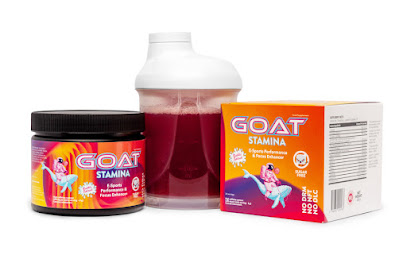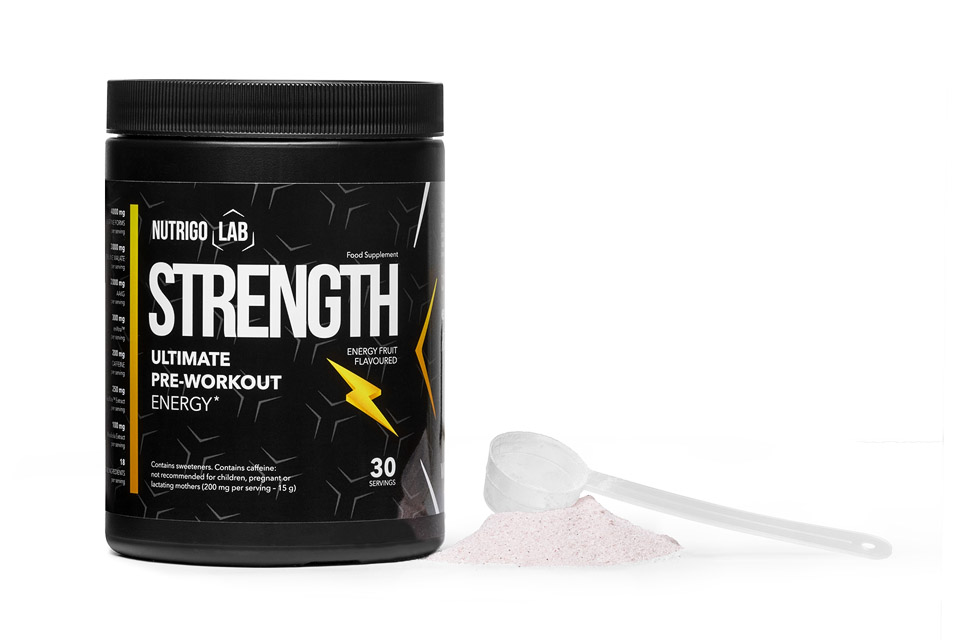"I am an admirer of beer – a beverage that has woven its way into the fabric of human history, culture, and camaraderie. From the ancient brewing traditions that date back thousands of years to the modern craft beer revolution that embraces innovation and creativity, beer holds a special place in the hearts of many. In this article, we embark on a journey to explore the rich tapestry of beer's allure, from its diverse styles and flavors to the social connections and health aspects that make it more than just a drink. So, raise your glass as we delve into the world of beer and uncover its fascinating story that continues to captivate enthusiasts like myself."
What is beer?
Beer is one of the oldest and most widely consumed alcoholic beverages in the world. It is typically made from four primary ingredients: water, malted barley (or other grains), hops, and yeast. The brewing process involves fermenting the sugars in the malted barley with yeast, which produces alcohol and carbonation.
Here's a brief overview of the beer-making process:
Malting: Barley grains are soaked in water and allowed to germinate, which activates enzymes that convert starches into fermentable sugars. Once germination is complete, the grains are dried in a kiln to halt the process.
Mashing: The malted barley is crushed and mixed with hot water in a process called mashing. This helps to extract the sugars from the malt, forming a sugary liquid called wort.
Boiling: The wort is then boiled, and hops are added during this stage. Hops are flowers that provide bitterness, aroma, and flavor to the beer. The boiling process also sterilizes the wort and helps to balance the sweetness of the malt.
Cooling: After boiling, the hot wort is rapidly cooled to a temperature suitable for fermentation.
Fermentation: The cooled wort is transferred to a fermentation vessel, and yeast is added. Yeast consumes the sugars in the wort and converts them into alcohol and carbon dioxide, producing beer.
Conditioning: Once fermentation is complete, the beer is conditioned, allowing flavors to develop and mature. This can take anywhere from a few weeks to several months, depending on the type of beer being produced.
Filtration and Packaging: After conditioning, the beer may undergo filtration to remove any remaining yeast or sediment. It is then packaged in bottles, cans, or kegs for distribution and consumption.
There are countless styles and variations of beer, ranging from light and refreshing lagers to dark and robust stouts. The type of yeast, choice of grains, addition of other ingredients, and brewing techniques all contribute to the diverse array of beer flavors and characteristics.
It's important to drink beer responsibly and be mindful of its alcohol content. Different countries and regions may have specific laws and regulations regarding the production, sale, and consumption of alcoholic beverages.
What are the health benefits of beer?
Moderate beer consumption has been associated with some potential health benefits. However, it's essential to emphasize that moderation is key, as excessive alcohol consumption can lead to serious health problems. Here are some potential health benefits of beer when consumed in moderation:
Heart Health: Some studies suggest that moderate alcohol consumption, including beer, may have a positive impact on heart health. It's believed that the moderate intake of alcohol can raise HDL (good) cholesterol levels and improve blood flow, which may help reduce the risk of heart disease.
Rich in Antioxidants: Beer contains antioxidants, such as polyphenols, which can help neutralize harmful free radicals in the body. These antioxidants are derived from the grains and hops used in the brewing process.
Bone Health: Beer contains dietary silicon, which is essential for bone health. Some studies have suggested that moderate beer consumption may be associated with higher bone mineral density, potentially reducing the risk of osteoporosis in older individuals.
Kidney Health: Some research indicates that moderate alcohol consumption, including beer, may be linked to a lower risk of developing kidney stones.
Social Benefits: Sharing a beer with friends or in a social setting can contribute to mental well-being and stress reduction, as it can promote social bonding and relaxation.
It's crucial to note that the health benefits mentioned above are associated with moderate beer consumption, which generally means up to one drink per day for women and up to two drinks per day for men. A standard drink is considered to be 12 ounces (about 355 milliliters) of regular beer with approximately 5% alcohol content.
What are diffrent types of beer?
There are numerous different types and styles of beer, each with its own unique characteristics and flavors. The wide variety of beers can be broadly categorized into two main types: Ales and Lagers. The distinction between ales and lagers lies in the type of yeast used and the fermentation process. Here are some of the most popular types of beer within these categories:
Ales:
Pale Ale: A hoppy and often slightly fruity beer with a golden to amber color. Variations include American Pale Ale (APA) and English Pale Ale.
India Pale Ale (IPA): Known for its strong hop bitterness and aroma. IPAs come in various styles, such as American IPA, English IPA, New England IPA (NEIPA), and Double IPA (DIPA)
Brown Ale: A malty beer with a range of flavors from nutty to caramel, usually dark brown in color.
Porter: Dark, rich, and roasted malt flavor with notes of coffee and chocolate.
Stout: Even darker and richer than porter, often with flavors of roasted barley, chocolate, and coffee. Variations include Dry Stout, Sweet Stout, Oatmeal Stout, and Imperial Stout.
Belgian Ale: A diverse category that includes Belgian Dubbel, Tripel, Quadrupel, and Belgian Strong Ale, characterized by complex flavors and often higher alcohol content.
Wheat Beer: Made with a significant proportion of wheat, resulting in a hazy appearance and light, refreshing taste. Variations include Hefeweizen, Witbier, and American Wheat Beer.
Lagers:
Pale Lager: Light in color and often mild in flavor, the most widely consumed type of beer globally.
Pilsner: A pale, highly carbonated lager with a distinct hop bitterness. Czech Pilsner and German Pilsner are popular substyles.
Amber Lager/Vienna Lager: A medium-bodied lager with a balanced maltiness and subtle hop bitterness.
Dark Lager: A range of lagers with darker colors and flavors, including Munich Dunkel, Schwarzbier, and Baltic Porter.
Bock: A strong, malty lager with a slightly sweet taste. Variations include Traditional Bock, Doppelbock, and Eisbock.
Helles: A pale, malt-forward lager from Germany, known for its smooth and balanced taste.
Märzen/Oktoberfest: Originally brewed for Oktoberfest celebrations, this amber lager has a maltier and slightly sweet profile.
American Light Lager: A light-bodied, low-calorie beer with a mild flavor.
Craft Lager: With the rise of craft breweries, many innovative lagers have emerged, combining traditional styles with modern twists.
These are just a few examples of the wide range of beer styles available. Each style can have countless variations based on the specific ingredients and brewing techniques used, leading to a diverse and exciting world of beer to explore.
How to make beer at home?
Making beer at home can be a rewarding and enjoyable hobby. While the process can be complex, I'll outline a basic overview of the homebrewing process for beginners. Keep in mind that this is a simplified guide, and as you gain experience, you can explore more advanced techniques and ingredients.
Here's a step-by-step guide to making beer at home:
Gather Equipment and Ingredients:
Brewing kit: Purchase a homebrewing starter kit that includes essential equipment like a fermentation vessel, airlock, siphon, and hydrometer.
Ingredients: You'll need malt extract (liquid or dry), hops, yeast, and water. Pre-packaged beer ingredient kits are available and recommended for beginners.
Sanitize Everything:
Ensure all equipment, including fermentation vessels, bottles, and utensils, is thoroughly cleaned and sanitized to prevent contamination.
Boil the Wort:
In a large pot, bring water to a boil.
Add malt extract and any additional specialty grains (if using) and stir to dissolve.
Add hops at specific intervals during the boil to impart bitterness and aroma to the beer.
Cool the Wort:
After the boil, quickly cool the wort to a temperature suitable for yeast fermentation (usually around 65-75°F or 18-24°C).
Transfer to Fermentation Vessel:
Transfer the cooled wort to a clean and sanitized fermentation vessel, leaving behind any sediment and hops.
Pitch the Yeast:
Add the yeast to the fermentation vessel and seal it with an airlock to allow carbon dioxide to escape while preventing contaminants from entering.
Fermentation:
Place the fermentation vessel in a dark, cool place and allow the yeast to ferment the sugars in the wort into alcohol and carbon dioxide. This process typically takes 1-2 weeks.
Bottling:
Once fermentation is complete, add a priming sugar solution to the beer to carbonate it in the bottle.
Transfer the beer into sanitized bottles using a siphon.
Cap the bottles and let them sit at room temperature for about 1-2 weeks to carbonate.
Enjoy:
Chill the beer, open a bottle, and enjoy the fruits of your homebrewing labor!
Remember, homebrewing requires attention to detail and cleanliness to avoid contamination. Start with small batches, follow recipes closely, and don't be discouraged by any early challenges. Homebrewing can be a fun and creative hobby, and with practice, you'll have the opportunity to experiment with different ingredients and techniques to craft your perfect brews.
I need some company when i drink beer what can I do?
If you're looking for some company while enjoying your beer, there are several options you can consider:
Invite Friends: Reach out to your friends and invite them over for a drink. Sharing a beer with good company can make the experience more enjoyable.
Join a Local Pub or Bar: Head to a nearby pub or bar where you can socialize with other patrons. Many bars have a friendly atmosphere and are great places to strike up conversations with new people.
Attend Social Events: Look for local events or gatherings that revolve around beer tastings or brewery tours. These events often attract beer enthusiasts and provide an opportunity to meet like-minded individuals.
Online Beer Communities: Join online forums or social media groups that focus on beer enthusiasts. There are plenty of online communities where you can discuss beer, share experiences, and even find people to chat with while you drink.
Beer Tasting Events: Check if there are any beer tasting events or festivals happening in your area. These events are not only fun but also offer a chance to meet people with a shared interest in beer.
Meetup Groups: Use platforms like Meetup to find local gatherings or clubs centered around beer-related activities. This can be a great way to meet people who enjoy similar interests.
Engage in Virtual Hangouts: If you prefer staying at home, you can arrange virtual hangouts with friends or join online video chat platforms that connect people with shared interests.
Join a Sports Game Viewing: Head to a sports bar to catch a game while enjoying your beer. This can create a lively atmosphere and give you an opportunity to bond with other sports fans.
Attend Beer Workshops or Classes: Some breweries or bars offer beer workshops or classes, where you can learn about different types of beer and brewing techniques while meeting others who share your curiosity.
Remember to drink responsibly and be mindful of your alcohol consumption. Always prioritize safety, and if you're out in public, make sure you have a plan for getting home safely after drinking. Enjoy your beer responsibly and in the company of good friends or friendly faces!















.png)







.png)
.png)
No comments:
Post a Comment